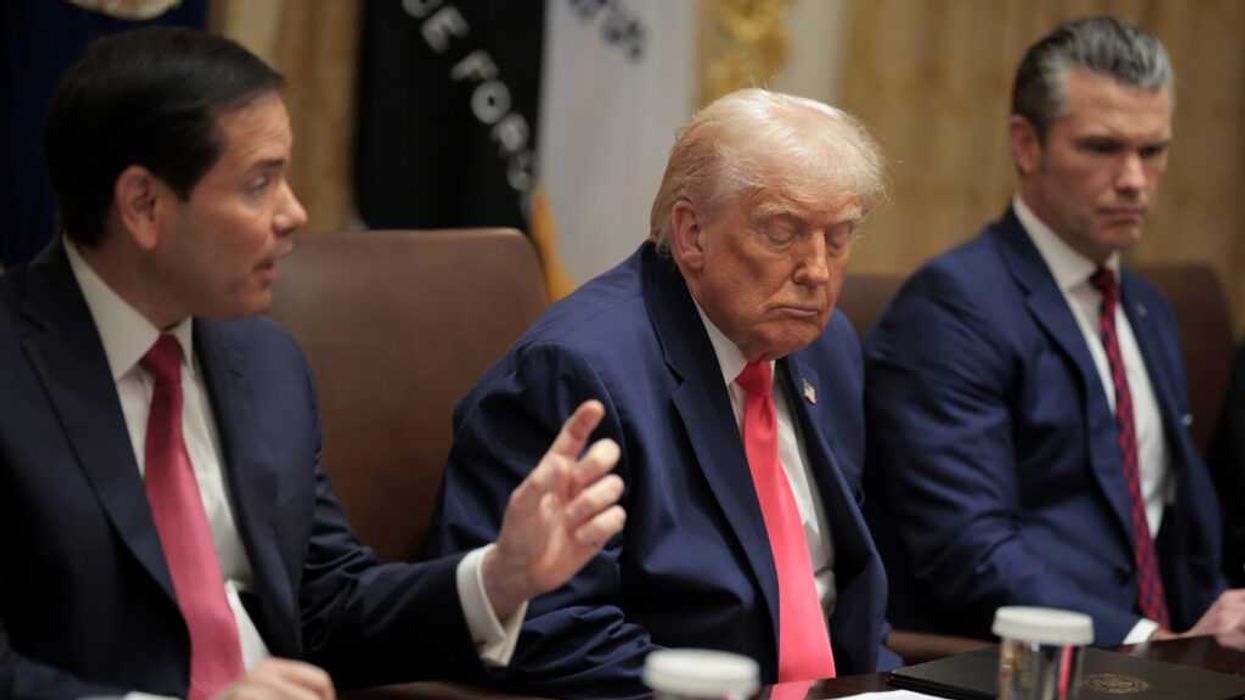“Happy Xmas (War Is Over),” a song by John Lennon released in 1971 that has become a Christmas classic, is more relevant today than ever.
Last year during the holiday season, I penned a similar version of this writing in which I said that 2024 would be a year that will test our resolve as a nation and test our democracy. I also noted that the opening verse of the song is a question all of us as Americans should ask:
So this is Christmas
And what have you done?
Another year over
And a new one just begun
We asked our readers to sign a pledge for democracy a year ago and were thrilled that thousands pledged to support:
- The right of all American citizens to participate in elections
- The peaceful conduct of all elections and the peaceful transfer of power.
- The treatment of all fellow citizens with dignity and respect, and never with contempt.
As we approach 2025 we should all be thankful that the elections went smoothly and that this January there will be a peaceful transfer of power. However, much work still needs to be done for the third item in the pledge.
And so the song’s message — calling for an end to fear and war, for hope and peace — is still applicable today, especially considering the ongoing conflicts in our nation and wars around the world. And the message of asking what each one of us can do rings as loudly today as ever. Hope is empty unless it is accompanied by helpful action.
The lyrics remind us that we should strive for a better world, where people of all races and backgrounds can live together in harmony. The song encourages us to look beyond our differences and work towards a common goal of peace and love.
As I listen again to “Happy Xmas,” I am reminded of John F. Kennedy’s inaugural address, delivered 10 years before Lennon’s song debuted. It has a similar message but with a call to action for us as a people:
“Ask not what your country can do for you, ask what you can do for your country.”
Yes, a call to action for Americans to contribute to their country and to work towards a better future for all. In 1961, when Kennedy delivered the speech, our nation was facing many challenges, as it is today. He inspired millions of people to take action and work towards a better future.
Yet for us to take action we must have hope. The two are inextricably woven together. Hope is a powerful emotion that often inspires us to achieve remarkable things. In 1963, just two years after Kennedy’s inaugural address, the Rev. Martin Luther King Jr. delivered his own famous speech of hope, asking those in attendance to never give up.
“I have a dream that one day every valley shall be exalted, every hill and mountain shall be made low, the rough places will be made plain, and the crooked places will be made straight, and the glory of the Lord shall be revealed, and all flesh shall see it together.”
So today, as we approach Christmas, ask yourself, “What have I done?” And most importantly ask yourself, “What can I do for our country?”
On this Christmas day, reflect on how you can help bring about the dream of a brighter future. Please join us in 2025 so the glory of our nation will be revealed.
Wishing you peace, goodwill and hope.
And of course enjoy John Lennon’s beautiful song:
Nevins is co-publisher of The Fulcrum and co-founder and board chairman of the Bridge Alliance Education Fund.
Every year at this time we publish stories that reflect themes and messages of the holiday season. These stories have resonated deeply with our audience in the past perhaps because they contain universal messages that are central to the holiday spirit; messages of love, kindness, hope, generosity that are universal values to peoples of all cultures and backgrounds.
This season we are re-running some popular holiday messages from the past. We hope you enjoyed this re-run from 2023 as you celebrate this holiday season with family and friends.
All of the staff at The Fulcrum wish you the best this holiday season and hope for peace on Earth and good to all for 2025.




















